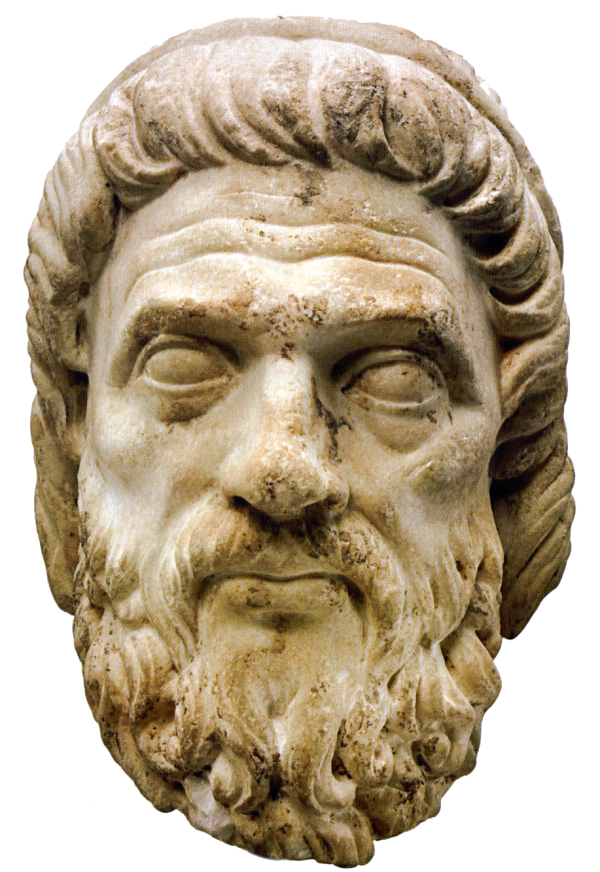
Skeletons in the first two were too big, but the real treasure was in the third one: As soon as the workers opened up the sarcophagus, van Krienen saw an embossing. There was portrayed a man with ink and quill pen at his hand, and there was a tool to sharpen the quill pen. But the most important thing was a medallion written on it: HOMEROS. But since the sarcophagus cover was too heavy, the workers should drop it. Next day they came back with more workers, but they realized that there was nothing left from embossings.